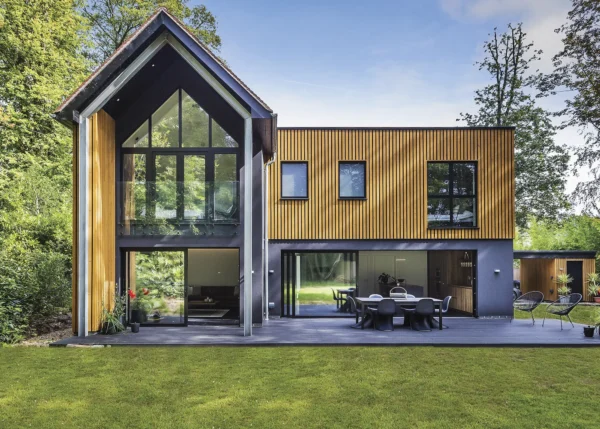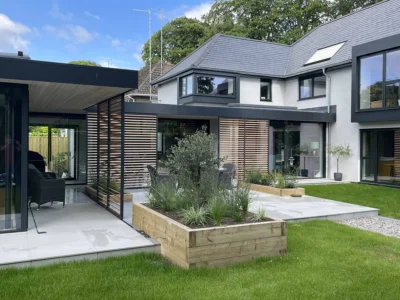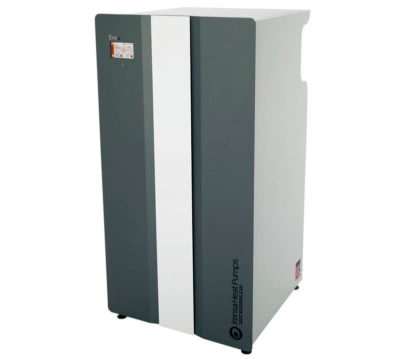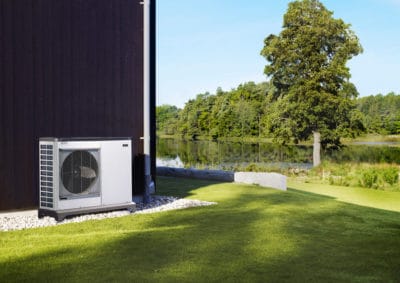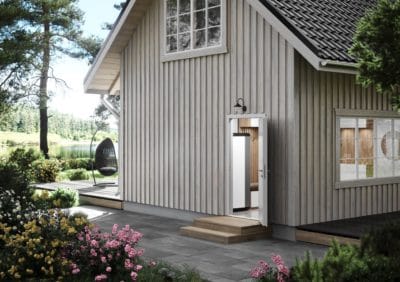Guide to Retrofitting Renewable Technology
If you are tackling a substantial renovation project, establishing a sustainable home with low running costs is likely to be a top priority. The first step should always be to upgrade the fabric of your house to create a thermally-efficient shell – but once this is in place, you can look to boost your property’s green credentials with renewables.
Products such as heat pumps, biomass boilers and solar thermal systems all come with their own distinct advantages, but it’s worth bearing in mind that some pieces of kit are more straightforward to retrofit than others. So it’s important to do your homework and understand the unique needs of your property before investing in a renewable setup. Here’s what you need to know.
Fabric-first approach
Before you buy this kind of tech, it is vital that you assess the efficiency of the building’s thermal envelope. Prioritising insulation and airtightness will help ensure warmth generated via a heat pump or biomass boiler isn’t lost through gaps in the building fabric.
The scope of any improvements you make could be limited by physical constraints or planning issues – particularly if you’re making alterations to a listed building. However, switching single-glazed windows for double or inserting secondary glazing could be one straightforward solution.
“When refurbishing, many people take the building back to the bare brickwork anyway,” says Paul Leedham, from Matrix Energy Systems. “If you’re spending the money doing that, then you’re probably going to be looking at the insulation as well as the heating setup.” Packing a suitable extra layer of thermal protection in the loft, walls and floors and addressing weak points (such as letter boxes and cat flaps) will improve your home’s performance.
Heat pumps
These work by extracting low grade energy from the air or ground and transforming it into useful warmth for space heating or your domestic hot water (DHW) supply. This kind of appliance operates at a lower flow temperature than most conventional fossil fuel generators, thus making it an ideal partner for thermally-efficient houses.
As a result, taking a fabric-first approach to your project will yield significant benefits if you’re thinking of installing this type of device. “Although heat pumps can work effectively with all types of property, a well-insulated dwelling will reduce the overall amount of heating energy required, and therefore the cost,” says Guy Ransom from Finn Geotherm.
These renewable appliances can be divided into two types: ground source (GSHPs) and air source (ASHPs). “If you’ve got a lot of land, then installing the former will be more efficient,” says Paul. However, while the excavations required to fit this kind of unit are fairly straightforward at the groundworks stage of a self-build, they may not be so simple as part of a renovation where the landscaping already exists.
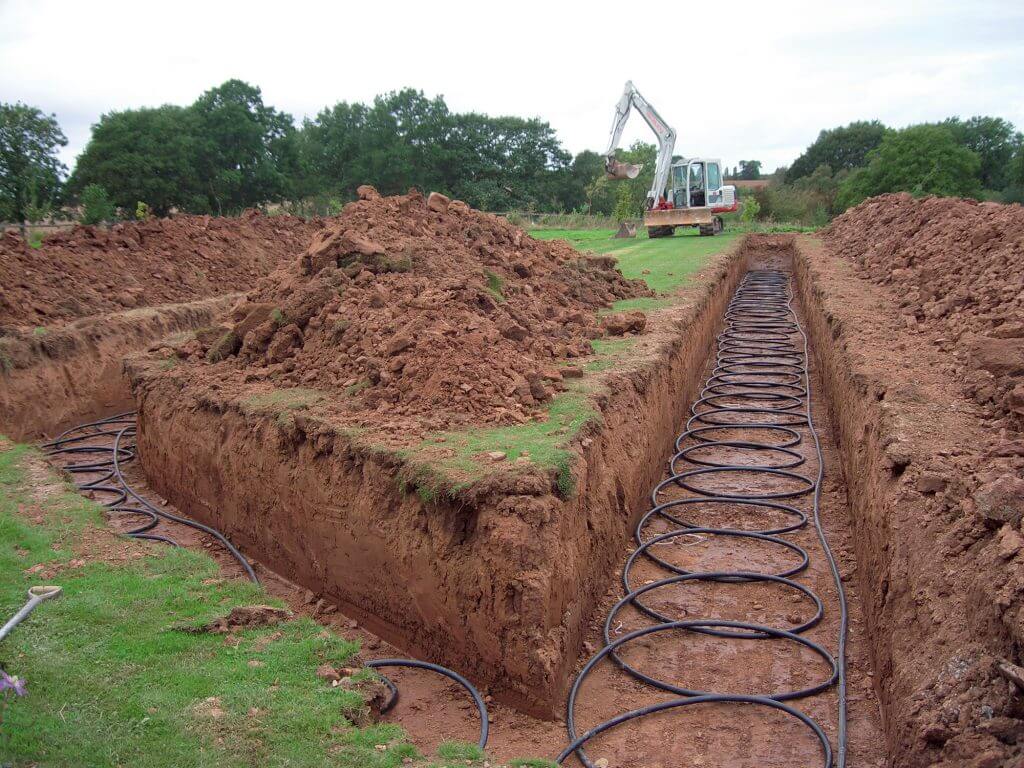
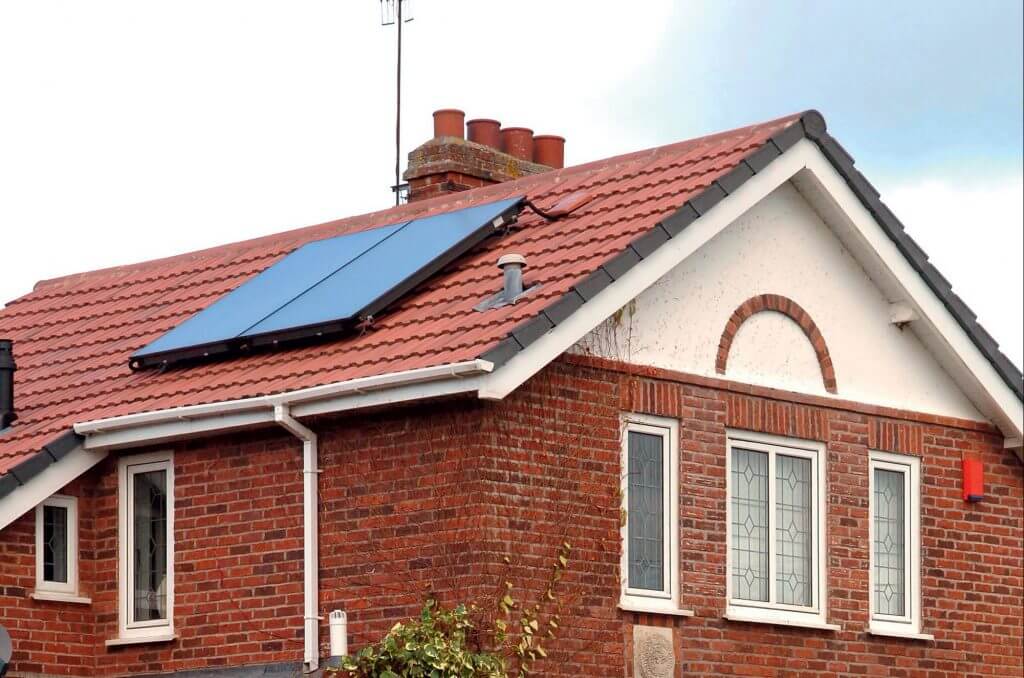
The extra labour and equipment required as part of a ground source installation also means that when it comes to the initial outlay, these appliances are more expensive than their air source cousins. “If you are tackling a renovation, an ASHP will typically be simpler to install,” says Keith Hill, director of Fervo. “You will need to allocate a suitable location outside the property to site the fan unit, and you’ll also need space for a buffer tank inside the house.”
In terms of efficiency, heat pumps deliver the best results when they are run at a lower output – generally below 45°C. As such, they work well in tandem with heat emitters that also operate at a lower temperature, such as underfloor heating (UFH). If you’re planning to connect your unit to a conventional central heating system with radiators, you may need to upgrade your home’s existing emitters to achieve maximum efficiency from the setup.
“ASHPs and GSHPs can be used with radiator arrangements, but care is required to ensure the panels are correctly-sized for the room’s heat loss levels,” says Keith. “In situations where a heat pump is replacing a fossil fuel boiler, it’s not uncommon for the radiators to be changed for larger versions or models with fan convectors to achieve the desired heat output.”
It may also be necessary to upgrade other aspects of your property’s plumbing system. “For example, if you house has micro-bore pipework you wouldn’t want to attach a heat pump to this, because the pipes are very restrictive,” says Paul. “If you have smaller channels restricting the flow of the warm water, then you may not achieve the heat output you need.”
Biomass boilers
This type of renewable is often well-suited to larger homes and those that are more difficult to insulate. These high output appliances can be a particularly economical option if you have access to a steady supply of fuel locally.
Powered by logs, pellets or chips, biomass boilers are considered to be a direct and sustainable replacement for conventional gas or oil boilers.
So in many cases installing this kind of renewable doesn’t require a lot of changes to the existing building fabric or plumbing system. They are a good fit for both radiators and underfloor heating, too.
Practical considerations
|
Most domestic installations are pellet models, which means you’ll require a hopper and buffer storage tank alongside the boiler itself (which is usually larger than a conventional gas model). Do bear the extra bulk in mind – particularly if you have limited space in which to accommodate this setup. A suitable outbuilding, shed or dedicated plant room may be needed. Chip or log-based systems may be more appropriate for larger houses –especially if you have a free supply of the fuel (eg woodland on site).
You will also need to install a flue to remove smoke, ash and fumes generated during the combustion process. This usually falls under permitted development (PD) rights, as long as the flue does not exceed the peak height of the roof by more than one metre. If your home is listed or you live in a designated area, you may need to obtain full planning permission from the local authority for this aspect of your scheme.
Solar panels
Capturing the sun’s energy for use around the home is an appealing option for many renovators. This kind of renewable tech can be divided into two types: solar thermal and solar photovoltaic (PV). The key difference is that the first harnesses the sun’s power to provide hot water, while the latter uses it to generate electricity.
Solar thermal arrays use a heat transfer liquid to absorb the sun’s energy. This passes from the panels to a heat exchange coil in your dwelling’s hot water cylinder. If you’re installing a solar thermal array as part of a renovation, you’ll need to ensure you’ve got the right kind of storage system. “You would usually need to replace the cylinder, because most don’t have the capability to accept solar thermal,” says Gavin Andrews from Leeds Solar. “The models required for this type of setup tend to be larger than standard versions. This is because there’s a section at the bottom of the vessel that’s heated by the solar power, while the top half is heated from the boiler, if needed.”
Solar PV panels comprise multiple layers of semi-conducting material beneath a glass surface. When daylight falls on the cells an electric field is created, which generates a direct current (DC). “This is convertedinto an alternating current (AC) by a dedicated inverter, which sends power to your existing consumer unit,” says Leanne Farr from Solar Plants. “Your home will automatically use any available solar power before drawing from the grid.” The inverter box – typically about the size of a microwave – can usually be tucked away in a garage or loft space.
Most solar installations fall under PD, as long as the panels don’t protrude from your home’s roof by more than 200mm. “Providing an appropriate roof space is available, installing a solar array – whether PV or thermal – generally requires little internal disruption,” says Keith from Fervo. Proper orientation of the panels is important to ensure good performance, but fundamentally any direction south of east or west should provide a decent return. Just be sure to avoid locations where the array (or part of it) would be shaded by trees or other buildings.
Before going ahead with the installation, consider the additional load the panels will add to your roof. “This should be checked out by a surveyor or engineer to ensure the structure isn’t compromised,” says Keith. If you’re fitting the units on an existing roof, issues such as
rotting timbers and broken or missing tiles need to be addressed prior to the installation of the renewable setup. This kind of system is not
compatible with thatched roofs.
Panels are often fitted atop a railing system which distributes the weight of the array across a larger area. “If you’re re-roofing your property as part of the renovation, inline versions are another option,” says Leanne. “These are fitted inside a frame so the panels are flush with your roof.” If you’re re-roofing, affixing your panels in this way also cuts down on the amount of tiles you will need to order, freeing up some cash that could be put towards your renewable system.
Solar tiles that imitate the look of roof slates are another option if you’re keen to minimise the aesthetic impact of your roof-mounted array.
Quick guide: wind turbines & hydro powerIf you are keen to generate your own electricity for use around the home, wind turbines and hydro power offer an alternative solution to solar PV arrays. The former harnesses the wind’s energy by transferring the motion of the turbine to a generator shaft, where the energy is converted into electrical power. This kind of installation will require planning permission, and you may also need to carry out bird and bat surveys before going ahead. Hydro power setups use a turbine to transform the kinetic energy of water into electricity. Bear in mind that both of the above are very much site-specific solutions for renewable generation, so unless there is a river running through your land or a strong and reliable supply of wind, they’ll probably be unsuitable. |
Main image: As part of a major renovation scheme, the owner of this dwelling in Rugby combined Viessmann’s solar thermal and PV panels with a heat pump. Installed by GreenACT, the new system costs 45% less to run than the property’s previous oil-fired boiler

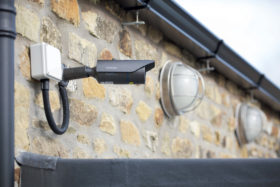































































































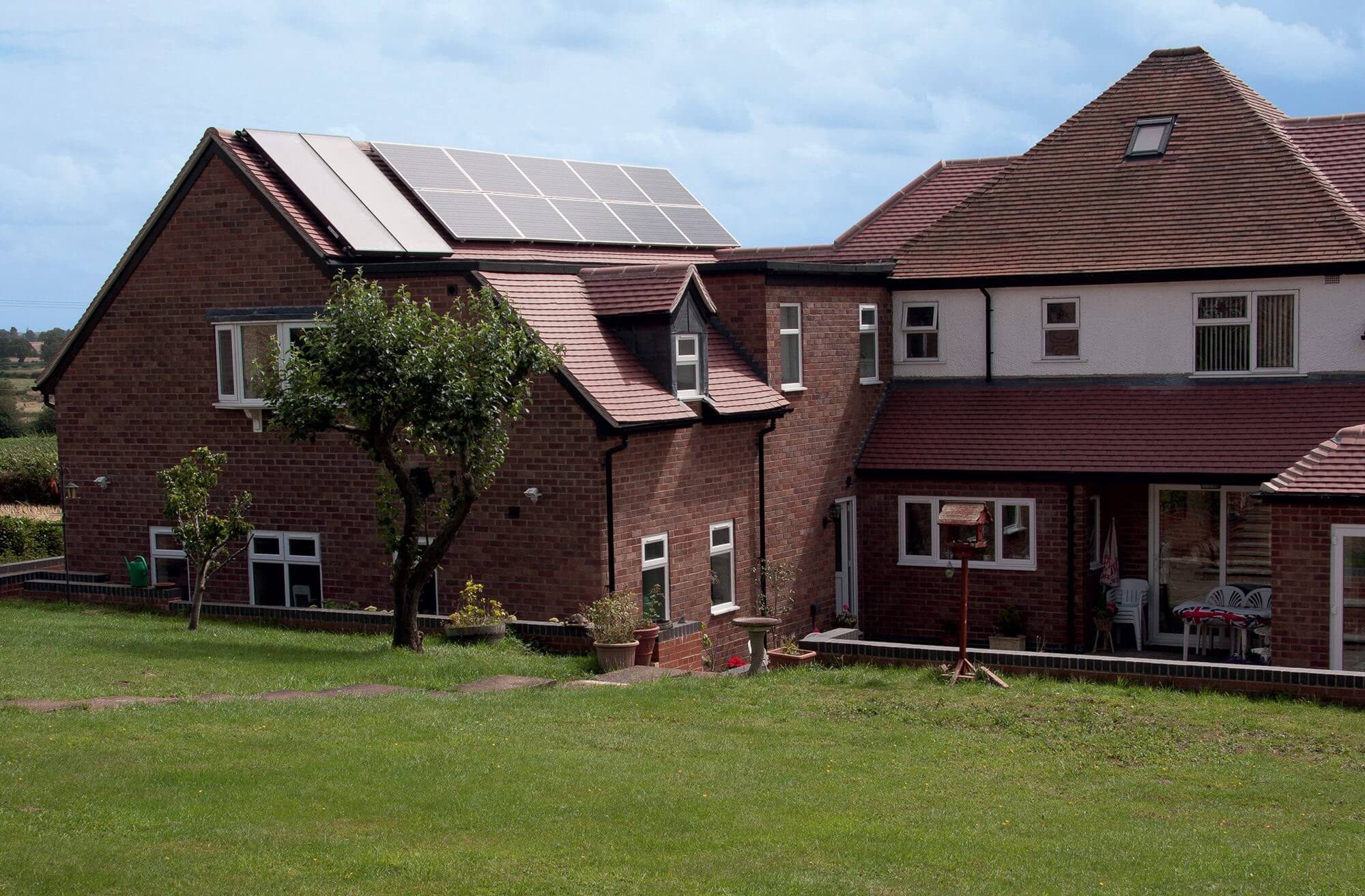
 Login/register to save Article for later
Login/register to save Article for later



